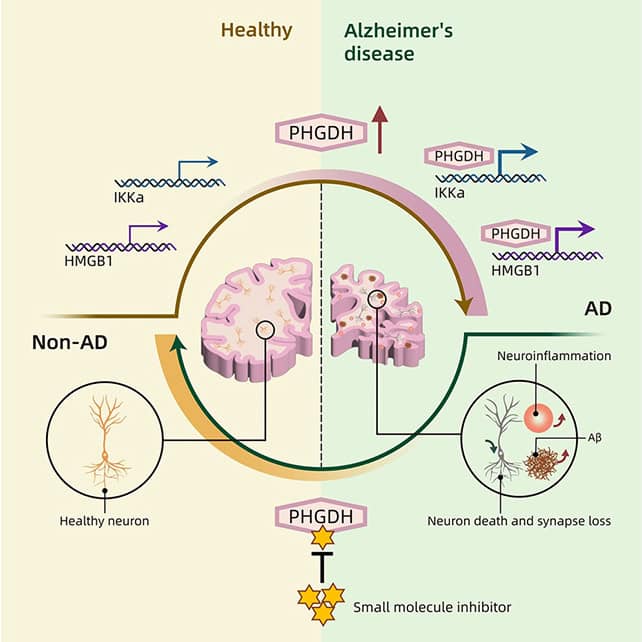GRAND RAPIDS—Officials at eVideon, which develops interactive patient engagement and digital workflow products and services, announced a partnership with Boston’s renowned Brigham and Women’s Hospital to study the impact of digital in-room whiteboards on patient experience and communication in their emergency department.
The study found that 96 percent of patients prefer a room with a digital whiteboard, because it improves communication and helps them feel more informed throughout their stay.
The primary goal of the study was to understand the effect of digital whiteboard screens on patient satisfaction and comfort in a real-world emergency department environment, since ERs are traditionally hectic and fast-paced. The results were overwhelmingly positive.
“Part of the anxiety in the ED is just not knowing what’s going to happen, so being able to access information is very powerful for patients,” said Peter Chai, a physician and assistant professor of emergency medicine at the hospital.
Replacing dry erase boards and eliminating the need for markers and erasers proved to be a relief for staff as well.
“Traditionally, whiteboards are one of the most popular and simple ways to manage patient care,” said Jeff Fallon, chairman and CEO of eVideon. “However, they are not impervious to human error or overwhelming workloads. The clinical workforce is undoubtedly strained and it is imperative that hospital leaders take advantage of innovation solutions that remove administrative waste and enable clinicians to practice at the top of their license.”
Beyond patients’ reported preference for digital whiteboards as a communication tool, 70% of patients in the study said the digital whiteboard helped them better understand what was happening during their stay.
A digital whiteboard is the central information hub for patients, families, and care teams. By integrating with electronic medical record (EMR) systems, it delivers accurate and reliable information in real time while alleviating administrative burden on nursing staff. The whiteboards show real-time information like active service requests, staff in the room, or precautions such as required PPE, fall risk or isolation status. The whiteboard software developed by eVideon is highly customizable. Hospitals can select which modules to display, including, but not limited to, the patient’s preferred name and language, care team profiles, lab and test result status, local weather, and patient alerts like COVID status, fall risk level, and more.
At BWH, patients and families can scan a QR code on the whiteboard that lets them access the hospital’s patient engagement portal and change the language on the display.
“Brigham’s research findings demonstrate an overwhelming preference for digital whiteboards,” said Jason Friedman, vice president of sales for eVideon. “By delivering meaningful information in real-time to patients, families, and clinicians, hospitals can establish their Emergency Department as a preferred destination, setting them apart from the competition.”
The complete results of the BWH study can be found at https://go.evideon.com/digital-whiteboard-improves-patient-comfort-and-satisfaction-in-the-ED.






